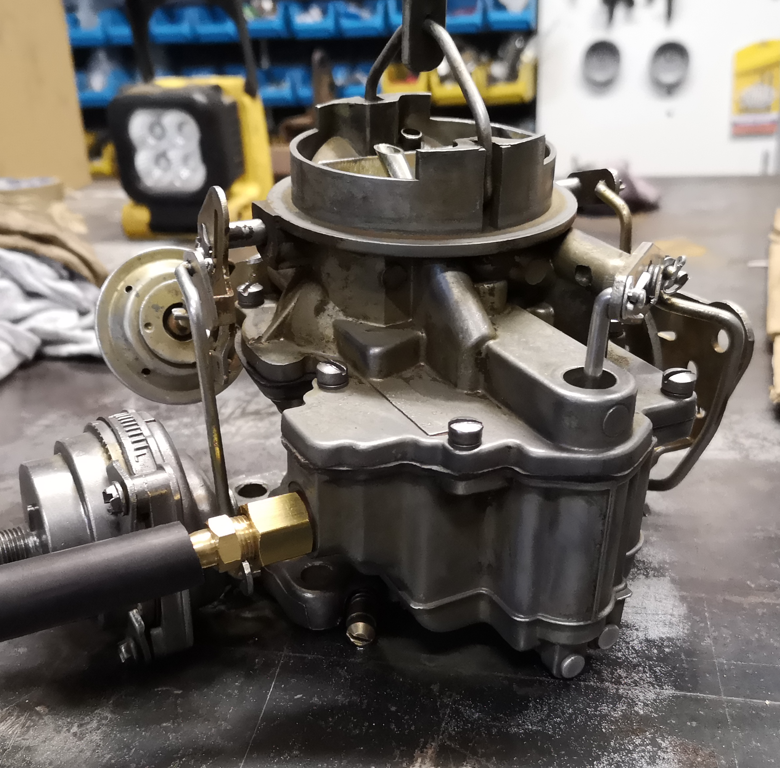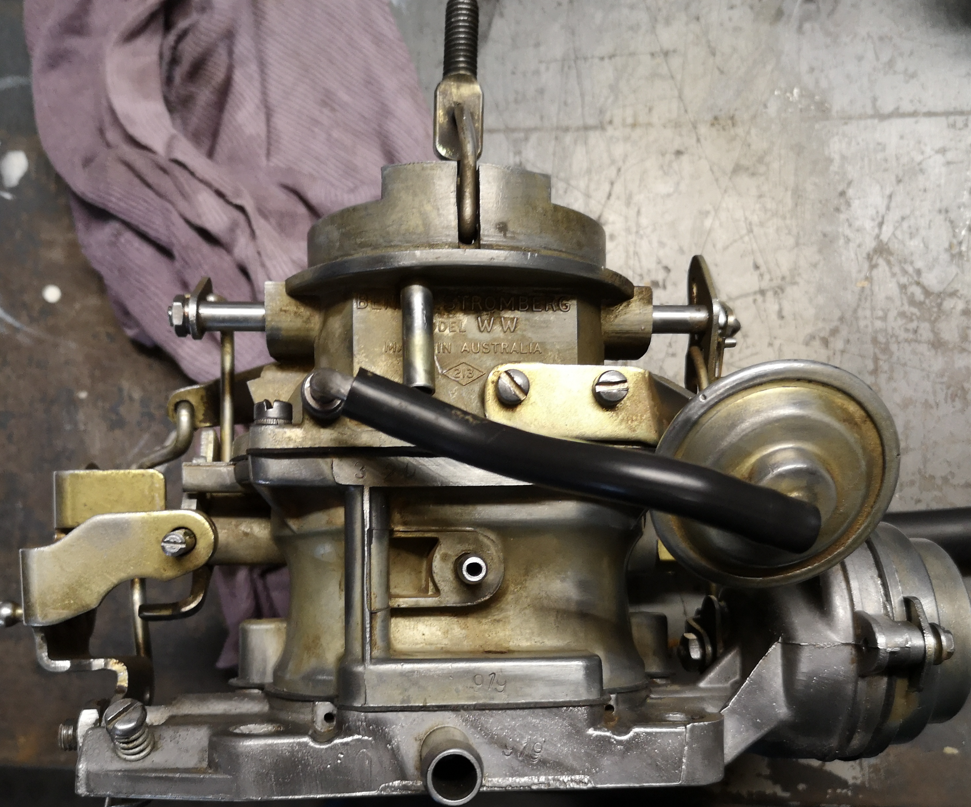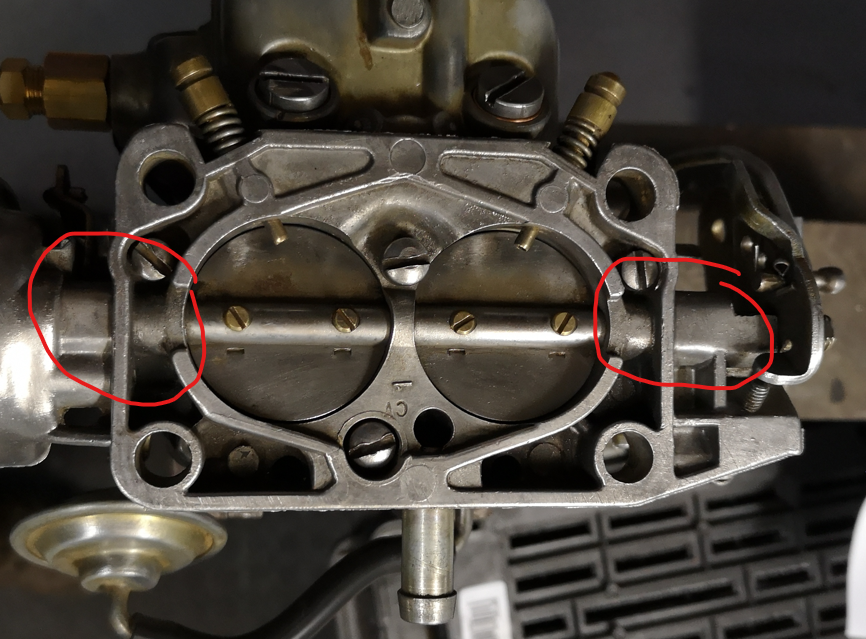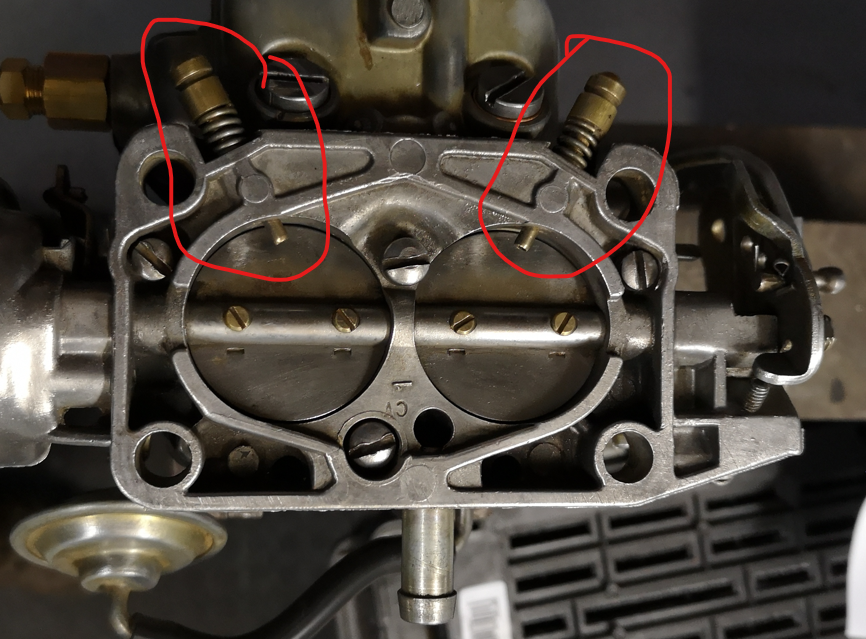How to tune and fault find a carburetor
Finding fault and tuning old carburetors is a very long topic.
Many things can go wrong.
In this article I describe just the bare basics where you can start looking for faults.
This is where I find most of the problems. If this do not work you must look deeper for the problem.
Always ensure the timing, plugs and plug leads on the engine are correct before looking at the carb for the problem.
A good starting point is to inspect all the vacuum hoses and look for cracks. If a vacuum hose looks suspect, replace it.
Another culprit on all old carburetors which has been used a lot is that the carburetor body wears out where the butterfly axle goes through the body. This is one of the main causes of bad tuning on any old carburetor. If that is the case the only way is if an engineering shop can fit bushes in the warn out area or fit a new carburetor.
When engine is hot, let engine idle. Take carb cleaner and spray it on the outside of the carburetor, little bit at a time. Go all the way round. If the revs pick up, you know you have an air leak in that area. This way you can test to see if the gasket underneath the carburetor is still fine or leaking. Note that if the butterfly axle is warn out, the revs will also pick up when you spray around the base of the carb.
As for the actual tuning. Look on diagrams of the carb and find the air correction screw. Do not confuse it with the idle screw. Air correction screw is almost always on the base of the carb. This works better with slow idle.
When the engine is hot, let it idle. Slowly turn the air correction screw in until you hear the engine starts to run badly.
Stop. Now turn it out one and a half turns.
Some people say you turn it out while counting the turns until it again starts to run bad and then turn it in halfway between the two bad spots.
I found that if your butterfly axle is warn it is difficult to find the upper bad spot. So I just do my one and a half turn. Anything from 3/4 turn to 1 and 1/2 will be good.
If you have a V8 with Rochester carburetor and you have an issue that it idles fine, but dies when you put it in gear (auto), then read this article, click here.



Area where body wear out

Air correction screws on this specific carbs. Most carbs only have one.
